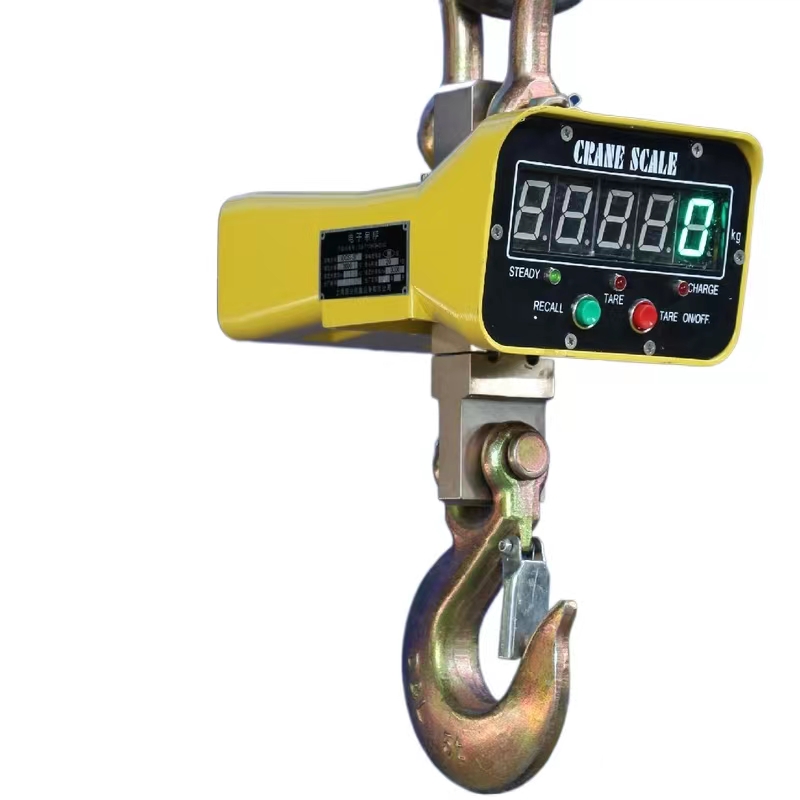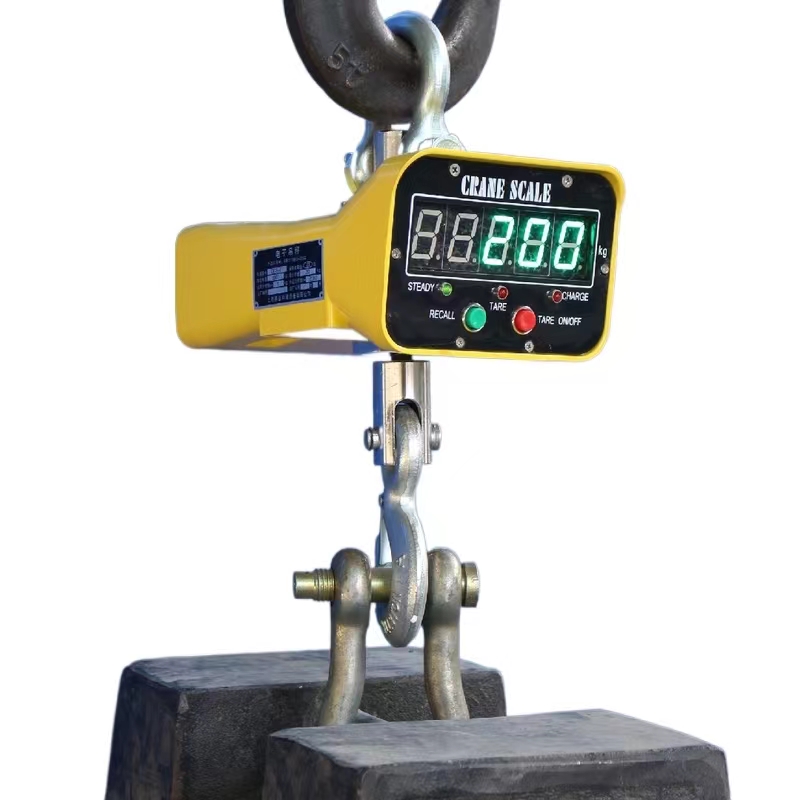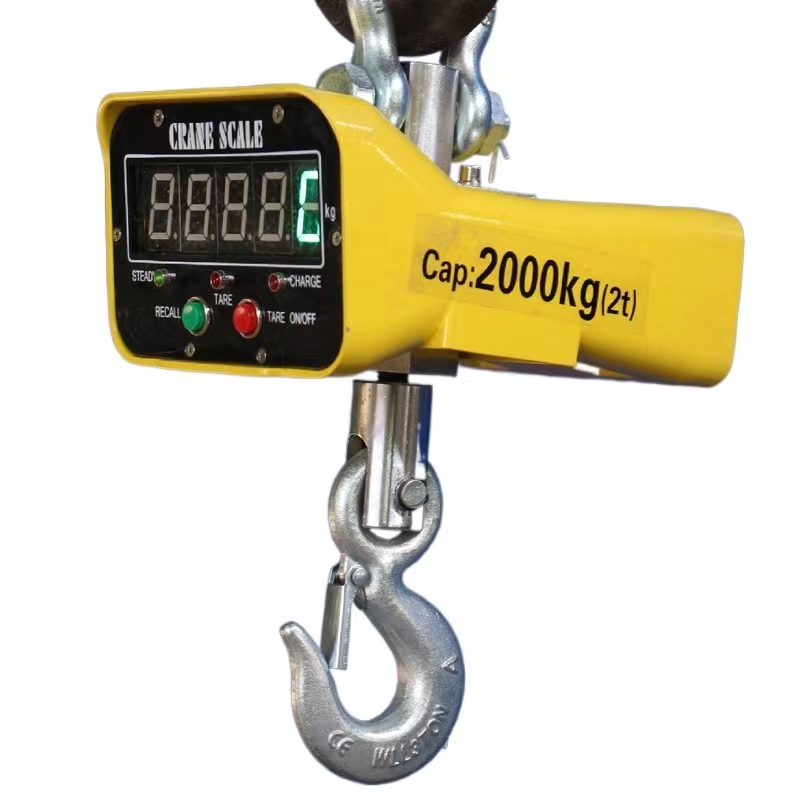


If you spend any time on a shop floor, you’ve seen the shift: lift, weigh, go. No detours to floor scales, no guesswork. That’s why the ocs electronic crane scale is having a moment. Built in the Donglv Industrial Zone, Donglu Township, Qingyuan District, Baoding City, Hebei Province, it’s an industrial workhorse with wireless remote control and a blunt, readable LED that operators actually like. To be honest, I didn’t expect the min accuracy of 0.5 kg on capacities up to 50 tons to be this practical in the field—but it is.

The big trend is “weigh at the hook” plus data. Steel service centers, ports, and foundries are ditching static platforms for hanging systems—fewer moves, fewer risks. And—surprisingly—even conservative plants are asking about Bluetooth/RS-232 data drops into WMS/MES. Many customers say the bright LED plus remote tare is what wins operators over, which tracks with what I’ve seen.
| Capacity Range | 1–50 t (models by increment) |
| Minimum Accuracy | 0.5 kg (real-world use may vary) |
| Display | High-brightness LED, ≈30 mm digits |
| Remote Control | Wireless, tare/hold/zero, ≈100 m line-of-sight |
| Resolution & Accuracy Class | Up to 1:3,000; OIML R76 Class III-style performance |
| Housing & Hook | Aluminum alloy body; alloy-steel hook, heat-treated |
| Protection | IP65-ish options; overload alarm; 150% FS proof-load |
| I/O Options | RS-232/RS-485, Bluetooth (optional), printer support |

- Steel mills and service centers: coil, billet, and plate verification before dispatch.
- Foundries: molten ladles (with heat shields), castings, pattern shops.
- Ports/logistics: breakbulk tally, inbound QC without touching the ground.
- Scrap yards: fast grading; yes, it gets dusty—that’s expected.
- Fabrication shops: quick check weighing to keep forklifts moving.
The headline advantage is throughput. You lift anyway—why not weigh in the air? Less double-handling, fewer bottlenecks. The ocs electronic crane scale also reduces cumulative handling damage (a quiet cost center, by the way).
Materials: aluminum alloy enclosure, high-strength shackle, heat-treated alloy-steel hook. Methods: strain-gauge load cell, temperature compensation, multi-point calibration per OIML R76 principles. Typical tests include ASTM E4 force verification, 150% FS proof-load, and 120-hour burn-in at elevated temperature. We’ve seen lab data showing ±0.02% FS repeatability on mid-capacity units—your site conditions will nudge that a bit. Expected service life: around 8–10 years with annual recalibration (ISO/IEC 17025 lab recommended).

| Vendor | Calibration & Testing | Data Options | After-sales |
| QYJULI (Hebei) | OIML-style multi-point; proof-load 150% FS | RS-232/485, Bluetooth optional | Spare parts, remote support, quick lead-time |
| Generic Local | Basic two-point | Limited serial only | Varies |
| Import Brand | Full traceable kit (pricey) | Full IIoT suite | Strong global network |
Options I’ve seen ordered: high-temp heat shields for foundries, oversized top shackles, anti-sway swivel hooks, printer kits, extra-large LED, and battery packs for longer shifts. Hazardous areas? Ask for EX-rated variants; not every model is intrinsically safe by default.
- Steel service center (12 t units): cut staging time by ≈18% after on-hook weighing.
- Port maintenance shop (5 t): quick incoming QC via RS-232 to a basic logger; no fancy software, still effective.
- Jobbing foundry (20 t): heat shield + remote hold solved visibility issues near the pour line.
Certifications commonly requested: ISO 9001 for the factory, CE, RoHS; calibration against OIML R76/ASTM E4 references and verification via ISO/IEC 17025 labs. It seems the ocs electronic crane scale ticks those boxes when specified correctly.
If you’re weighing suspended loads and want fewer moves, the ocs electronic crane scale is, frankly, the sensible path—simple, tough, and operator-friendly.



